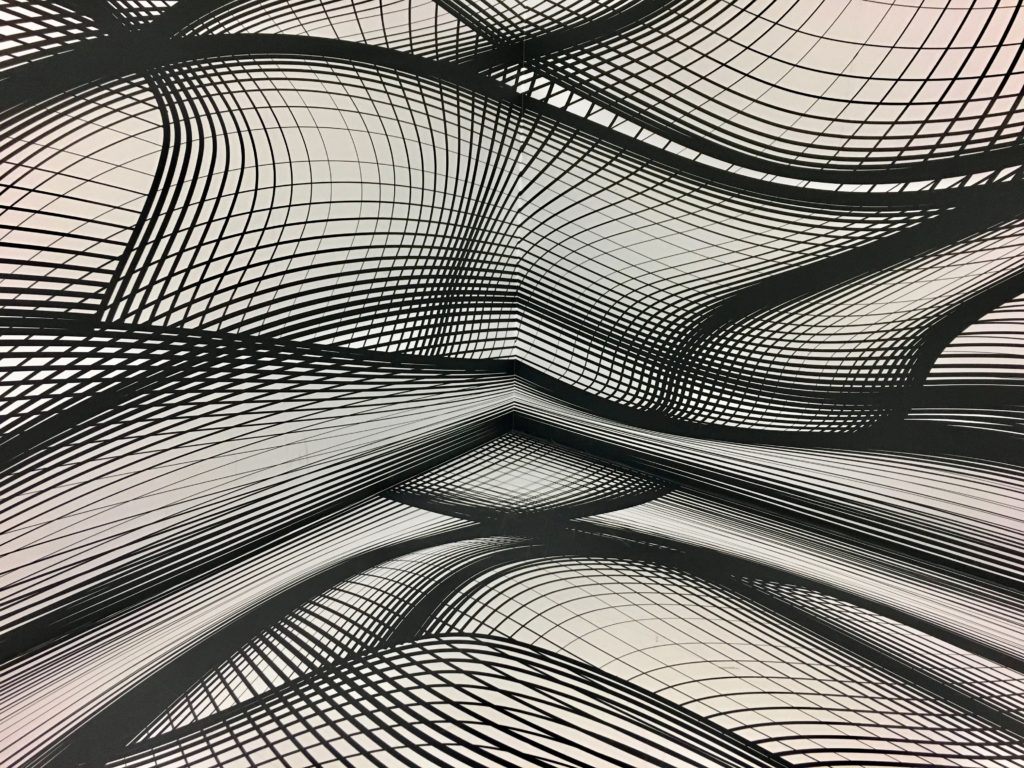

On querying Google about a famous person, location, or concept, it returns a knowledge panel on the right.There are two very interesting examples which we will discuss briefly. Knowledge graphs can be used for a large number of tasks - be it for logical reasoning, explainable recommendations, complex analysis or just being a better way to store information. Query complex information: better than SQL for data where relationship matters more than individual data points (for example, in case you have to do lots of JOIN statements in a SQL query, which is inherently slow).Removes redundancy: compared to tabular data, there is no need to add mostly empty columns or rows to add new data (a few facts).Structured representation: far cry from unstructured representations like text data.Perform logical reasoning: traverse the graphs in a path to make logical connections (A’s father is B and B’s father is C, hence C is the grandfather of A).Model real-world information: closer to our brain’s mental model of the world (represents information as a normal human does).Heterogenous data: supports different types of entities (person, date, painting, etc) and relations (likes, born on, etc).The aim is to highlight the major advantages of using KG. We will try to go through some points wherein we compare KG with normal graphs and even other ways of storing information. This is the very first and a valid question anyone will ask when introduced to KG. ), paintings (Mona Lisa), dates, etc, represented as nodes in the KG. As shown in the above example, we have persons (Bob, Alice. Note, there are no limitations on the data type of the fact stored in KG.You can see the KG is nothing but a collection of multiple such facts. So either way, facts contain 3 elements (hence facts are also called triplets) that can help with the intuitive representation of KG as a graph, - Head or tail: these are entities that are real-world objects or abstract concepts which are represented as nodes - Relation: these are the connection between entities which represented as edges Let’s follow the HRT representation for this article. Remember, the above representations are just for nomenclature sake, hence you may come across people referring to the fact either way.Facts can be represented in form of triplets in either of the ways, - HRT: - SPO: A fact is the most basic piece of information that can be stored in a KG. To better under Knowledge graphs, let's start by understanding its basic unit i.e.We will also go through some real-world examples. In fact, we will cover the what, why, and how of the knowledge graph. In this section, we will introduce KG by asking some simple but intuitive questions about KG. KG in practice - Open source KGs - Creating custom KG - KG Ontology - Hosting KG (database) - Query facts from KG.Introduction - What is a Knowledge Graph (KG)? - Why KG? - How to use KG?.

Photo by Clint Adair on Unsplash Table of Contents


 0 kommentar(er)
0 kommentar(er)
